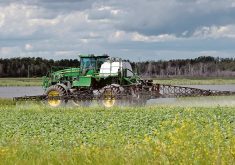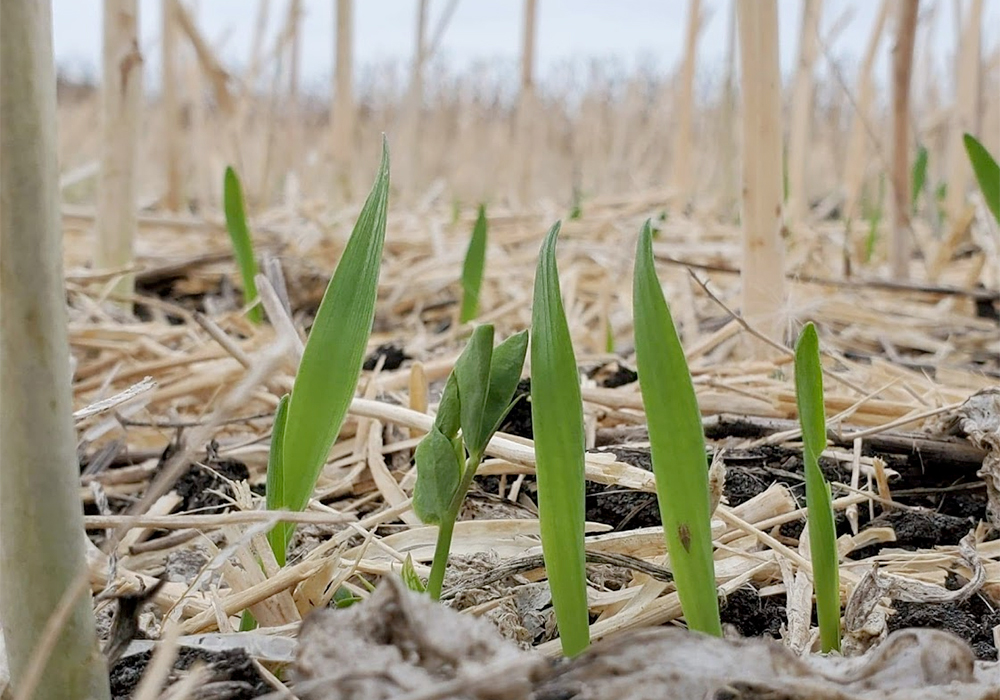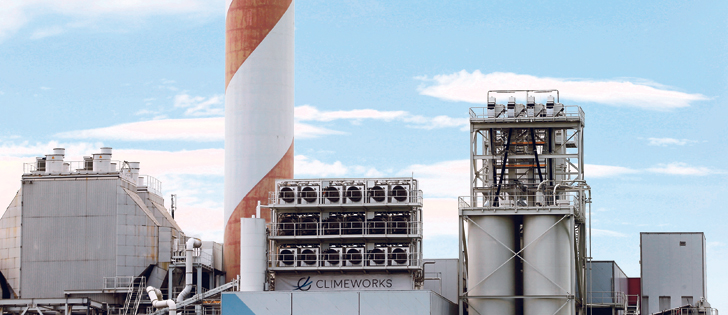The wetlands that result when beavers build dams contribute to higher water tables, which boost crop and forage production
Lorne Fitch can’t put a number on it, but he knows beaver populations are up from recent decades.
And while the wetland architects can be a headache for producers by flooding roads, fields and pastures with dams that retain water and expand wetlands, the riparian specialist with Cows and Fish in Alberta said there’s room for beavers and farmers to get along.
“In the boreal regions, I suspect there we probably have a population that are closer to historic numbers,” said Fitch.
“But I would say on a North American scale, we have only a fraction of what the beaver populations were at the time of European colonization.”
Read Also

Farming Smarter receives financial boost from Alberta government for potato research
Farming Smarter near Lethbridge got a boost to its research equipment, thanks to the Alberta government’s increase in funding for research associations.
Trappers decimated beaver numbers more than 100 years ago, so today’s population won’t match all-time highs in most areas, but Fitch suspects numbers have also improved in central Alberta, Saskatchewan and Manitoba.
Fitch said beavers have benefited from low fur prices and declining rural populations, meaning their activities cause fewer problems.
“I suspect that part of it, maybe a small part of it, would be that people are actually recognizing that beavers have some real attributes,” said Fitch.
“For example, they are a climate change adaptation tool, allowing us to start to adapt to the rigours of both floods and droughts. I suspect one of the other reasons is that they’ve just dropped below the radar.”
In a study published last year, University of Saskatchewan researcher Colin Whitfield found that the footprint of beavers is growing across the three continents they inhabit.
The study found a global population that has grown to more than 10 million, creating more than 200,000 kilometres of shoreline habitat and 42,000 sq. km of pond areas.
It also found that plant matter collected in these shallow ponds contributes 200 times more greenhouse gases and methane from beaver ponds than in 1900 but was unlikely to be a “climate-change driver.”
Cows and Fish has found that in addition to supporting greater biodiversity, beavers dams and the wetlands they’re part of can contribute positively to agriculture through higher water tables that result in greater crop and forage production.
“This becomes pragmatic good business, managing those riparian areas, because of their inherent productivity,” said Fitch.
“These are the deepest, richest soils within a ranching or farming unit. They’re sub-irrigated, and so these produce the most forage.”
Fitch said not all wetlands should be drained in favour of high value crop production because cases of drought and floods are expected to rise as a consequence of climate change
Dams can extend flood plains, moderate flood peaks and help keep livestock feeding during drought.
“Probably two to three times as much water is stored underground in shallow groundwater aquifers as is stored in the surface water that we can see behind dams, and so that can have a moderating influence,” he said.
“Especially during drought conditions, because these are reservoirs, and if there’s enough beavers at a landscape scale to provide the storage volumes, they can help us work our way through the ravages of drought.”
Cows and Fish has a fact sheet to help producers who do have conflicts with beavers and wetlands. Options can be as simple as wrapping trees, building a fence or modifying a grazing plan.
“Wetlands like beaver dams are a good example of storage facilities that help us also with drought and flood, and in their absence, the magnitude of floods and droughts becomes even larger,” said Fitch.
Contact dan.yates@producer.com

















